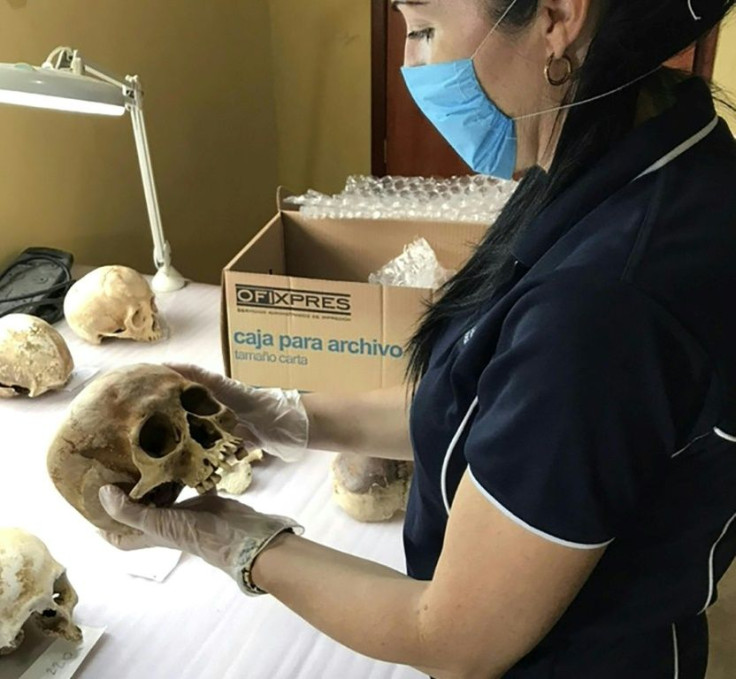Skin-crawling Discovery: 'Body Farm' Scientists Find Corpses Move

An Australian scientist has proved that human bodies move around significantly for more than a year after death, in findings that could have implications for detectives and pathologists around the world.
After studying and photographing the movements of a corpse over 17-months, Alyson Wilson told AFP on Friday that she found humans don't exactly rest in peace.
In one case study, arms that began held close to the body ended up flung out to the side.
"We think the movements relate to the process of decomposition, as the body mummifies and the ligaments dry out," she said.
To carry out her unusual form of people watching, Wilson took the three-hour flight from Cairns to Sydney every month to check on the progress of a cadaver.
Her subject was one of seventy bodies stored at the Southern Hemisphere's only "body farm", which sits at a secret bushland location on the outskirts of Australia's largest city.
Officially known as the Australian Facility for Taphonomic Experimental Research (AFTER), the farm is carrying out pioneering research into post-mortem movement.
Wilson and her colleagues were trying to improve a commonly used system for estimating the time of death using time-lapse cameras and in the process found that human bodies actually move around significantly.
Her findings were recently published in the journal "Forensic Science International: Synergy".
A better understanding of these movements and the rate of decomposition could be used by police to estimate time of death more accurately.
She hopes the knowledge could, for example, narrow down the number of missing persons that could be linked to an unidentified corpse.
A better understanding of post mortem movement could also help to reduce the incorrect cause of death or misinterpretation of a crime scene.
"They'll map a crime scene, they'll map the victim's body position, they'll map any physical evidence which is found, and they can understand the cause of death."
The CQ University criminology graduate says she started her unique project after a trip to Mexico to help classify Mayan-era skeletal remains.
"I was fascinated with death from a child and was always interested in how the body breaks down after death."
"I guess that comes about from being raised on a farm and seeing livestock die and watching that process," she said.
"Once I observed a movement in a previous study, I started researching and couldn't find anywhere in the world that looks at quantifying the movement, so I thought OK, I'm going to do this."
© Copyright AFP 2024. All rights reserved.





















